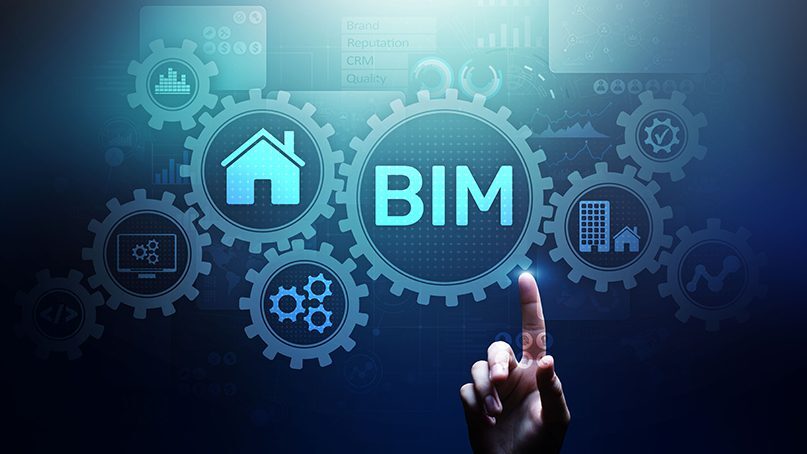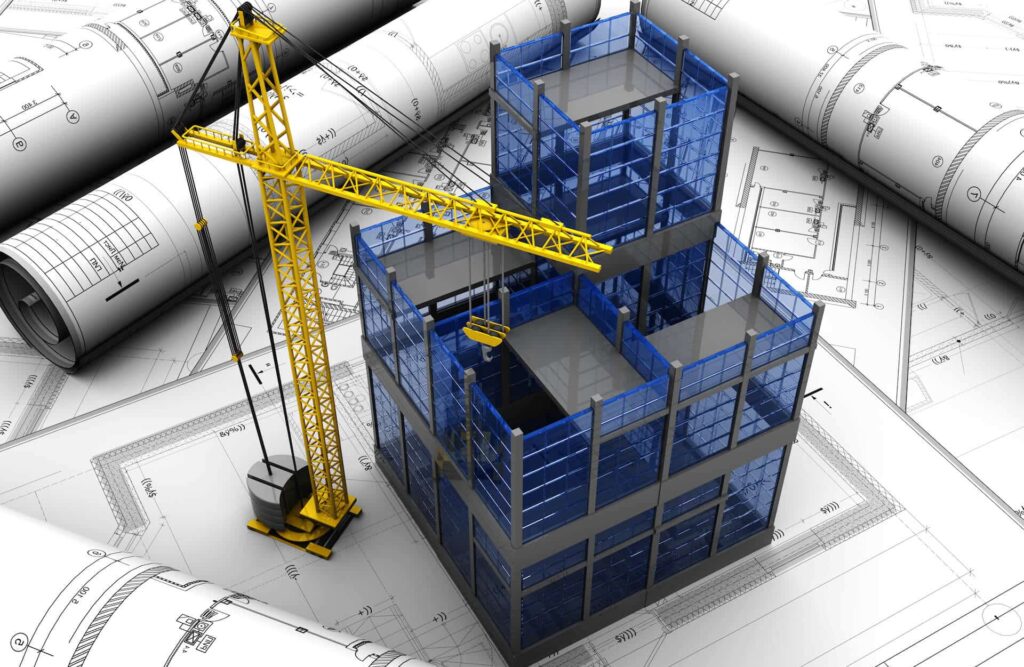What is BIM?
Introduction
Frequent cost overruns, unprecedented delays and lack of communication have plagued the construction industry for a long time. In large part, inefficient collaboration between the stakeholders, mainly architects, contractors, engineers, owners and designers, is the main cause of these issues. A problem of this magnitude can be costly. According to National Institute of Standards and Testing (NIST), building owners in the United States lose approximately $15.8 billion per year because of this lack of interoperability. As regulations and codes get more and more complicated, the yearly loss will only increase.
Building Information Modelling (BIM)
In light of the apparent situation, technological advances, such as Building Information Modeling (BIM) are revolutionizing the AEC industry. By improving the processes and technologies already available, BIM seeks to streamline the construction processes. BIM is an intelligent 3D model that provides a digital representation of a building’s physical and functional characteristics, enabling users to cooperate and collaborate effectively. BIM integrates multi-disciplinary data into a single package that contains dimensions, schedules, costs and other types of information. As a result, one of the main functions of a BIM model is to create a centralized repository for all of the processes in a typical construction project.
A typical BIM workflow consists of 4 steps:
- Plan: At the start of the project, BIM incorporates on-site data to generate context models of the existing built and natural environment. Having these kinds of data on hand will aid project planners in making informed decisions.
- Design: The next step is designing the building. In this step, designers can utilize BIM technologies to create conceptual designs after having taken analysis and detailing into account. They can also start drafting the documentation needed for specifications and requirements. The preconstruction process begins using BIM data to inform scheduling and logistics, minimizing wastage and delays at the same time.
- Build: Now that the design process is done, the building is starting to take shape. Since BIM models are data-rich, information regarding fabrication and estimation can be extracted. Project construction logistics are shared with suppliers and contractors to ensure optimum timing and efficiency.
- Operate: After the completion of the building, BIM data carries over to operations and maintenance of the structure. Should the need arise, data in a BIM model allows for an affordable and cost-efficient way to renovate the existing building or demolish it to make space for a new one.
What are the benefits of BIM?
With BIM, stakeholders will gain insights during the planning, designing and managing the construction. In the best-case scenario, BIM models solve communication concerns and provide a common knowledge base for further collaboration. After all, ensuring that everyone is on the same page is beneficial to not only the owners but also the parties involved as well. Without BIM, each party will have to access their discrete files, introducing further inconsistencies and confusion.
Additionally, it provides the ability to keep track of design changes and incorporate those changes into the model in a short time. This ability dramatically decreases the cost of changes while helping to identify flaws before the actual construction. As with all information repositories, Building Infromation Modeling promotes better decision-making, opportunities for improvement and ease of management across multiple disciplines.
Thanks to the ability to store and share information, BIM models are perfect to act as the basis for scheduling. All relevant parties can easily streamline design and documentation processes and quickly update them in real time via cloud-based systems. In this sense, new site conditions and design changes are communicated both ways as efficiently as possible. The stakeholders can also better plan and communicate schedules should they need to. As a result, BIM models can dramatically lower, or even, eliminate schedule setbacks, creating the groundwork for on-time or early completion of a project.
Since a BIM model is an accurate 3D representation of a building, users can extract the exact amount of material needed for construction. Therefore, diminishing waste in the process. It also have the capability to reduce labor and material costs thanks to its being geometrically precise. Therefore, a construction project that integrates BIM will be less likely to encounter issues such as cost overruns, material mismanagement and construction delays.
Overall, this visibility and collaboration lead to better productivity, more informed planning, and an increased ability to explore design alternatives. This also can lead to increased asset lifecycle and lower maintenance costs throughout a project lifecycle.


